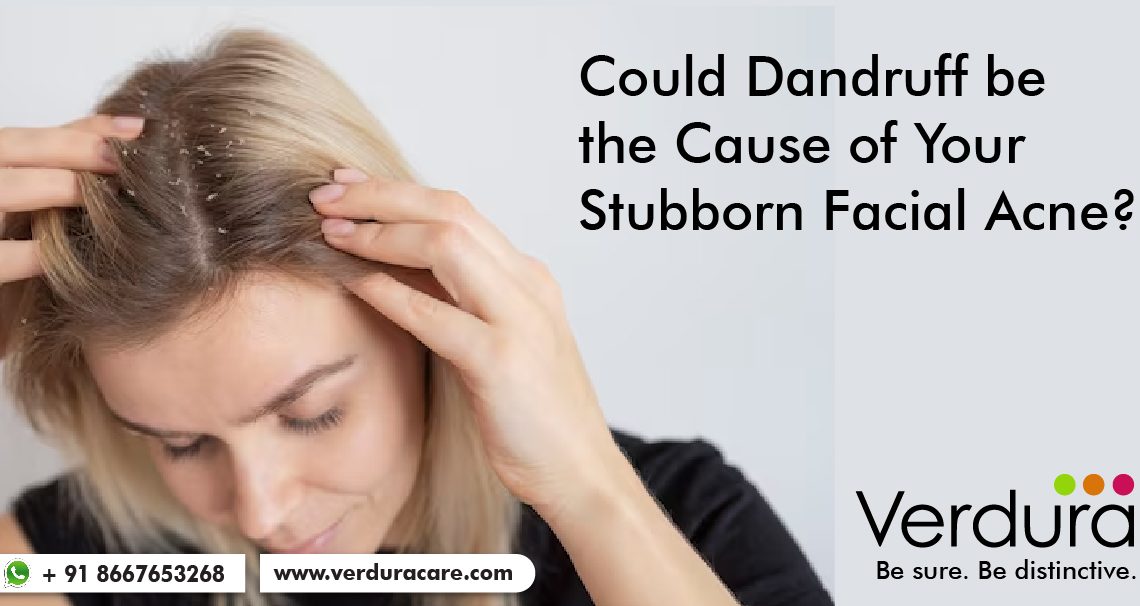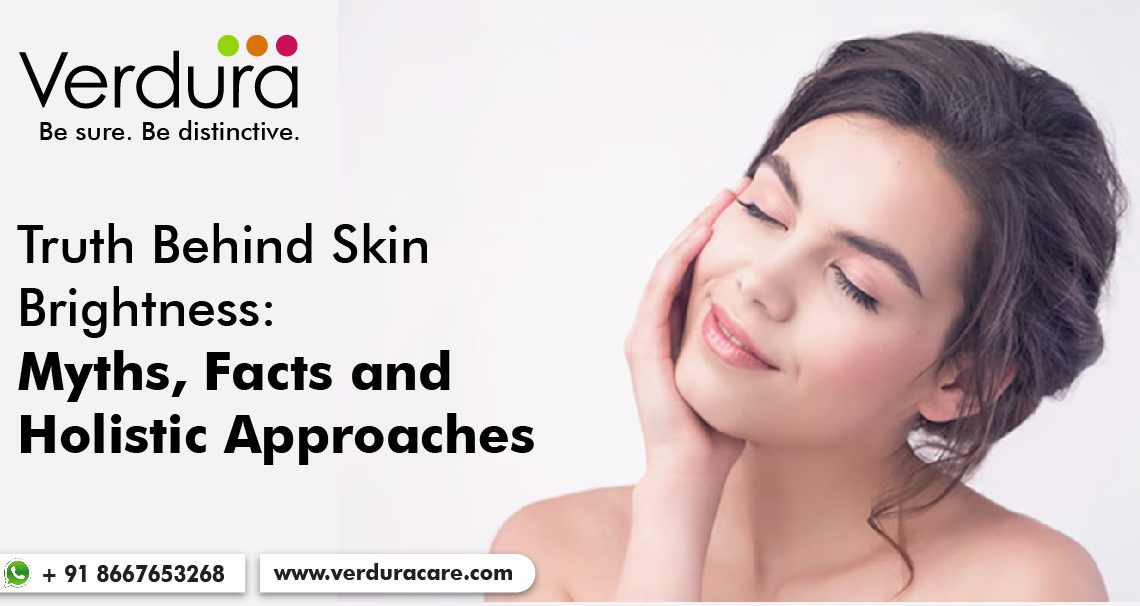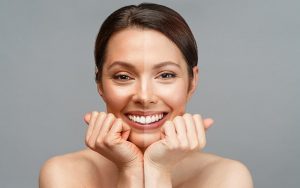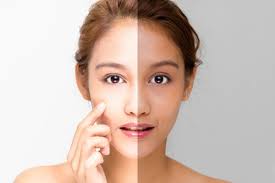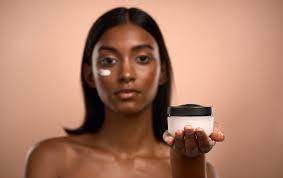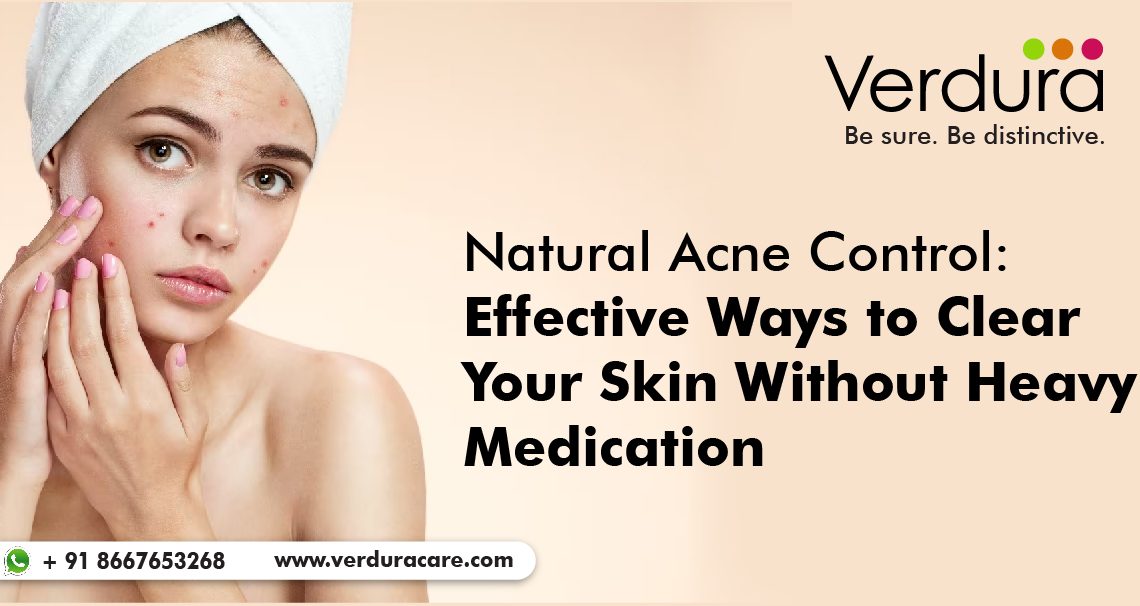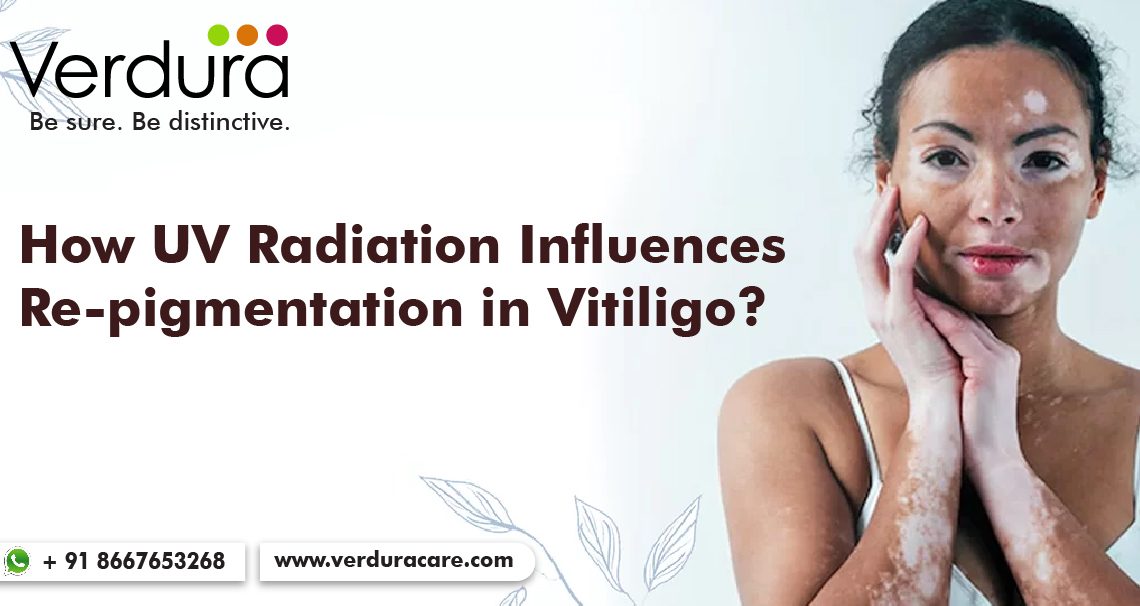The thrill of reading has no substitute, is it? Read the blog here.

Seasonal changes impact skin needs; hydrating products combat dryness in winter, while lighter moisturizers prevent excess oiliness in summer. Adapting skincare to climate variations maintains healthy, radiant skin consistently.
Let’s explore how these changes affect your skin and what you can do to keep it looking its best
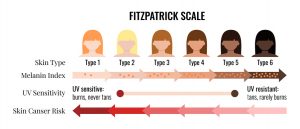
During hot and humid weather, excess sebum production necessitates using an oil-removing facial cleanser. Additionally, protect your skin from sun damage by applying sunscreen with a high SPF before going outdoors, as exposure to UV rays accelerates aging and can lead to early signs of aging.
Fluctuating climates challenge skin adaptation, especially evident during winter’s sudden drop in temperature and humidity, causing dehydration and skin barrier disruption. Dryness, itchiness, and breakouts are common in winter, requiring moisturization without excessive oil. Summer brings its own issues like oily skin, clogged pores, and sun damage, necessitating lightweight moisturizers with SPF protection sunscreen gel.
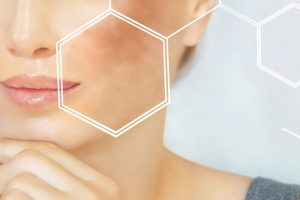
Lifestyle changes exacerbate these issues, with indoor heating in winter and sun exposure in summer contributing to skin woes. Understanding your skin’s needs during seasonal transitions is crucial for effective skincare routine.
What skincare routines should you follow during these seasonal shifts?

- Winter:
- Dry air: Cold temperature and low humidity strip moisture, causing dryness, itching, and flakiness.
- Wind: Harsh winds dehydrate skin, leading to chapping, especially on lips and cheeks.
- Indoor heating: Artificial heat worsens dryness; use a humidifier and moisturize regularly.
- Sun protection: Even in cold, UV rays damage skin; wear sunscreen, especially during winter sports.
- Spring:
- Allergens: As pollen counts rise in the spring, sensitive people may have allergic responses such as itching, redness, and inflammation.
- Changing temperatures: Variations in temperature can cause skin imbalances and an increase in either dryness or oiliness.
- UV exposure: To prevent premature aging and skin cancer, it’s critical to start using sunscreen every day when the sun grows stronger.
- Transitioning skincare: Change your skincare regimen to suit your skin’s evolving demands. For example, add more antioxidant-rich products to prevent free radical damage and use lighter moisturizers.
- Summer:
- Sun exposure: It’s important to wear broad-spectrum sunscreen and look for shade during peak hours since intense sunlight can result in sunburn, accelerated aging, and an increased risk of skin cancer.
- Heat and humidity: Elevated body temperatures and humidity can exacerbate skin disorders like eczema and acne by increasing perspiration and oil production.
- Hydration: Choose mild, non-comedogenic skincare products to avoid blocked pores and drink lots of water to keep hydrated and replace moisture lost via perspiration.
- Protection: To protect your skin from damaging UV rays and lower your chance of developing heat-related problems like heat rash, wear protective clothes, hats, and sunglasses in addition to sunscreen.
- Autumn:
- Dry air: As the temperature drops, the humidity in the air decreases as well. This can cause the air to become drier and cause your skin to become flaky and tight.
- Wind: Breezy fall weather can cause dryness and chapping, so applying a heavy moisturizer and shielding exposed areas with scarves or hats is suggested.
- Changing up your skincare regimen: Use moisturizing serums and exfoliate to get rid of dead skin cells to repair any damage from summertime sun exposure.
- Antioxidant protection: To prepare your skin for the impending winter, use products that include antioxidants like vitamin C and E to heal and shield your skin from environmental harm
Seasonal transitions affect your skin, causing it to appear dull, dry, and prone to breakouts. Your skin needs time to adjust to environmental temperature changes, and simple skincare hacks are often overlooked.
- In the transition of seasons, when humidity is low, our skincare expert advises against hot showers and suggests limiting shower time to no more than 5 minutes.
- In summer, opt for a gentle, moisturizing body wash followed by applying a thick moisturizing cream on damp skin, ensuring it contains hydrating ingredients.
- Choose water-based skincare products for summer; they absorb easily into the skin without leaving a greasy residue.
- Incorporate natural oils and hydrating serums into your skincare routine year-round, ensuring consistent moisturization tailored to the season for healthy, radiant skin
5.During hot and humid weather, excess sebum production necessitates using an oil-removing facial cleanser. Additionally, protect your skin from sun damage by applying sunscreen with a high SPF before going outdoors as exposure to UV rays accelerates aging and can lead to early signs of aging
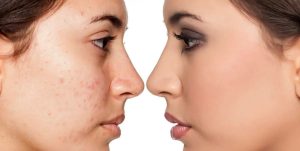
Our Say:
Verdura Clear Skin Pack offers a comprehensive solution for skincare, addressing the impact of climatic conditions on your skin. It helps combat environmental stressors, such as humidity and pollution, while promoting clear, healthy skin.
To learn more about how the Verdura Clear Skin Pack can help you navigate the effects of climate on your skin, click the following link below
https://verduracare.com/products/verdura-clear-skin-pack

